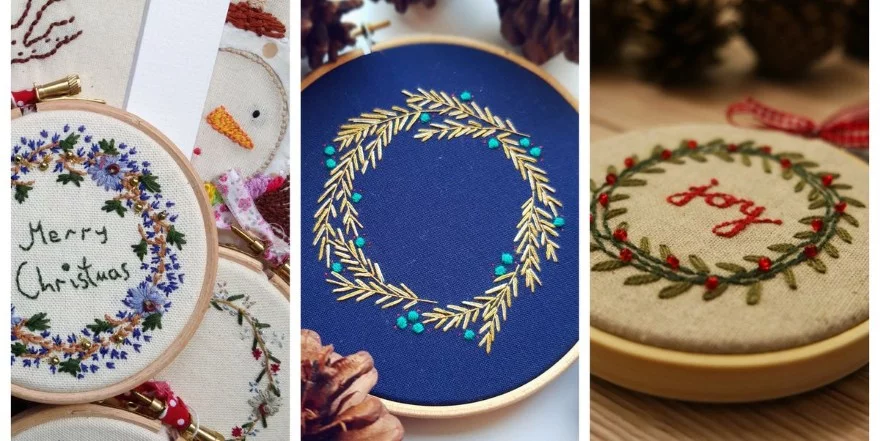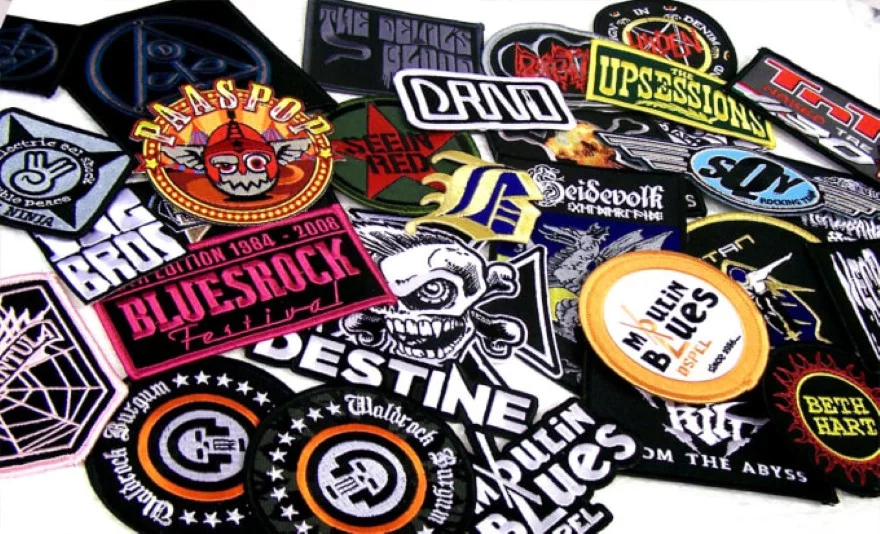Embroidered patches are a good choice for a classic root style and have become more popular than you thought before. Thanks to these distinct patches, you can bring back an “old school” design and stand out from the crowd.
Whether you're updating or simply trying to make your jacket fashionable, embroidered patches won’t make you regret it later, for sure.
But what’d happen if you don’t have the proper tool to get things done? In other words, how to make embroidered patches without machine?
If you are not on the sticker but still want to smooth out with the trend, give this piece a nice reading.
Necessary Materials For Making Embroidered Patches
Fabric
Embroidery floss and needles
Interface (optional)
Embroidery hoop
Tear or wash away stabilizer
Sewing Machine and thread
Heat ‘N Bond paper
Fray Check (optional but recommended)
How To Make Embroidered Patches Without Machine: A 7-Step Guide
Prepare The Fabric
I used only cotton, but something more stable may always be used. I copied my pattern on a lightweight interface and ironed the interface to the back of the cloth I intended to stick. Do not forget to invert the picture so it does not end up reversed!
Embroider & Stabilize
Throw this item into a hoop, use your embroidery floss and go with it.
I know it already seems hard, but the stiffer the better, when it comes to embroidery. The stabilizer I used is a tear away. I had a rather difficult contour for this piece and wasn't sure that I could see the line across the bottom and I ironed the stabilizer at the top of my stick.
You may iron the stabilizer on the back, utilize the front layout, and wing it, if the form is basic, that you don't have to follow an outline (like a square).
Lately, I have used iron-on transfers to produce several fake patches, and the method I employ to make it appear more like a patch is the same. To use iron-on t-shirt transfers to make a faux patch starts with this step. But first iron your t-shirt transfer stabilizer on the rear of the tissue, because the heat might make your transfer lift if you are not cautious.
Hoop
Pop it in the hoop, but with the hoop up rather than down (the opposite of the way you would hoop it for ordinary embroidery).
Make sure the hoop is big enough to retain the piece yet tiny enough to accommodate your sewing machine's arm shaft. Then put it beneath the foot of your machine. Maybe you should take your foot off the shaft, put your hoop on, then put your foot on.
Line The Rim
To achieve it, we are going to employ a zig-zag stitch. The stitch is tested on a region that is removed. It depends on your stitch width and a stitch longitude of 0.5, or so near as you zig-zag together to give it the satin effect, (I used a 2.7 but you can make it as wide or narrow as you wish). I have used a regular thread, however, if you wish you may use the sticky thread. When using a stick thread ensure that a stick needle is used.
Sew around your patch once you like your zig-zag satin.
Iron
Remove it from the machine and remove the stabilizer gently. It definitely should come out simply because of the zig-zag drilling. Then reduce it a little (but not all the way). Now, it’s time to add some iron-on!
I'm using a double-sided iron-on-adhesive heat' N bond. It is widely used. I cut it in line with the fabric size and aligned my textile with the N-Bond heat.
There is plastic on one side of the heat'N bond and paper on the other. You want to attach the plastic face to the rear of the stick. It is like a half double-sided band that sticks to the back of your embroidery. For now, leave the paper behind. The fabric is made of Heat 'N Bond with a press cloth iron. Let it cool.
Finish The Patch
To be cautious, I set a scanner around the zig zag's border to ensure it doesn't disappear. Let it dry. Once you have cured the Fray Check, cut the mold as close as possible to the zigzag edge, without cutting it.
Check out this video for illustrations on the embroidered by hand method:
FAQs
Can you add a patch on polyester?
Yes, you can, surely. I will advise that the sticky hoop be placed first to tightly extend the cloth and then apply it to the patch. By doing this, you are likely to enhance the overall design quality of your products.
Can you make iron-on polyester transfers?
Of course, you can make iron-on polyester transfers. The polyester should be ironed on a less than heat-resistant cloth at a low temperature.
Which is the finest material for sticking?
Cotton is most suited for iron-on decorations, but a sew-on or adhesive brace is more suited for silk, polyester, and so on.
In case that you have any difficulty following our guide and tips on making embroidered patches without machine, Patchion LTD has some nice products that are worth considering. These include custom patches made from top calibre materials which can withstand the test of time and life.
Conclusion
You may now utilize fabric adhesives or sew them into the site of the cloth once you have developed and produced the state-of-the-art stick patch.
You may wonder, why get into sewing trouble once you've already applied the adhesive back glue? The answer: Whilst adhesives and peel-off stickers enhance flexibility, stitching prolong applied life to ensure that the threads are not released soon.
It is time to go into the cloud nine times, as you are commended for the tailor-made stick patch that gives the garment an esthetic value and displays your clever handiwork.



